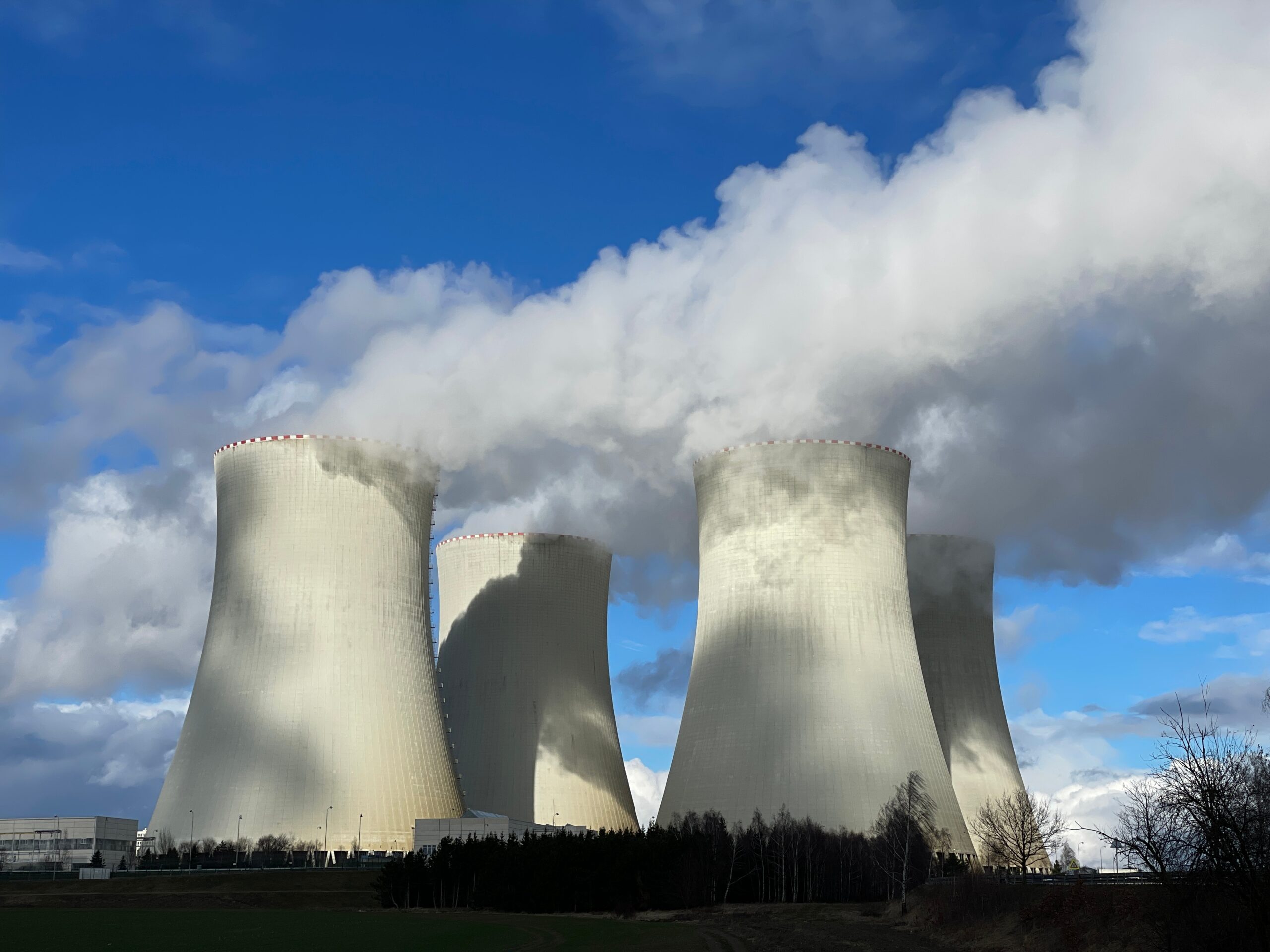This article/post contains references to products or services from one or more of our advertisers or partners. We may receive compensation when you click on links to those products or services
The terms bull market and bear market are used frequently in financial news media to describe stock market conditions. But just because financial experts use the terms doesn’t mean everyone knows what they mean. Read on to find out more about the difference between bull market and bear market and what’s behind them.
Short Version:
- A bull market is when the stock market sees an increase of 20% or more and a bear market is when the stock market falls over 20%.
- Durations and severity of bear and bull markets can provide some insight into the future of investing.
- Recessions and inflation can influence bear and bull markets, but the connection isn’t exact or even always clear.
What Is a Bull Market?
A bull market is one where stocks are rising or are expected to rise in the near future.
The term “bull market” is generally linked to a prolonged stock market rise of at least 20%, rather than a short quick increase that is part of a cycle of common market volatility.
Depending on whom you ask, the most recent bull market for stocks began in March 2009 on the heels of a steep decline in the wake of the 2008 financial crisis. That bull market ended in March 2020 as the economic impact of COVID-19 hit stocks leading to the shortest bear market on record. And then stock values picked back up again. The market rose 114% between March 23, 2020 and January 3, 2022 when it began the long descent into the current bear market.
It is not uncommon to see a bull market for stocks following a period of sharp declines in the stock market. This is very logical, as investors are taught to try to buy low and sell high to the extent that they can.
There is no exact answer for what causes a bull market. Investor psychology is always a factor in any sort of market activity. That’s why we recommend beginners consider using a financial advisor. Beyond that, a strong economy and a high level of employment are often factors that propel the stock market.
Learn more >>> How to Avoid Emotional Investing
What Is a Bear Market?
Most people define a bear market as a market that experiences a decline of 20% or more. A bear market decline is generally measured in terms of a major market index like the Dow Jones Industrial Average or the S&P 500.
There can be a number of causes behind a bear market. A large, sudden drop in the market as a whole, or even just one segment of the market, can snowball into a panic. And that panic causes a full-blown bear market.
Bear markets are generally tied to a slowdown in the economy. As an example, the bear market of 2008 was tied into the financial crisis of that period. Another is when the market tanked as a global economic shutdown engulfed the world with the onset of the Covid-19 virus in 2020.
Why Is It Called “Bear” and “Bull” Market?
Interestingly enough, some say that the term “bear market” actually came first. It apparently comes from a proverb warning that it is not a good idea to sell the bear’s skin before one has caught a bear. It originally referred to short selling, a practice in which an investor sells borrowed securities in anticipation of selling them at a lower price at a later date.
The practice was popularized during the South Sea Bubble in 17th century England, when many investors began short selling company stock in anticipation of a massive collapse, which did in fact happen.
“Bull” refers to a speculative purchase in anticipation of an increase in the price of a stock. The use of the bull as a metaphor for this optimistic behavior was used because it was believed to represent the alter ego of a bear.
Whether the precise details of this origin story are true or not, these terms seem to have been with us since the 18th century.
How Long Do Bull and Bear Markets Usually Last?
Statistically speaking, there have been 24 bull markets and 22 bear markets between 1928 and 2022, a period covering nearly a century, though sources may differ on those numbers due to their interpretation of these terms.
Here’s the Breakdown of Bull and Bear Markets Through History
- Bull markets have an average duration of 991 days, or 2.7 years. Bear markets are much shorter, averaging 289 days, or 9.6 months.
- The shortest bear market, which ran from February 19, 2020, to March 23, 2020, lasted just 33 days. The longest bear market ran from March 24, 2000, through October 9, 2002, stretching over 929 days.
- The shortest bull market, which ran from June 1, 1932, to September 7, 1932, lasted 98 days. The longest bull market lasted 4,494 days, from December 4, 1987, to March 24, 2000.
- The average increase during a bull market is 114%; the average decline in a bear market is 36%.
- Based on percentage gains, the biggest bull market returned 582%, and that was between December 4, 1987, to March 24, 2000. The smallest percentage gain was 20.8%, between October 9, 1946, and June 15, 1948.
- The steepest bear market decline was 83%, between April 10, 1930, and June 1, 1932. The smallest bear market decline was 20.6% from June 15, 1948, to June 13, 1949.
(All figures above are based on the performance of the S&P 500).
What Conclusions Can We Draw From the History of Bear vs. Bull Markets?
The stock market is forward-looking. Even while the economy is still growing, the market could be falling in anticipation of a pending recession. That’s been the case in 2022, as the market declines in the face of stable economic performance and a tight labor market. Experts predicting a recession abound.
There is no “typical” bull or bear market. Bull markets can last anywhere from a few months to a few years, while bear markets can run between a few weeks and a few months — though several have gone past the one-year mark. The 2000 bear market was down and out for nearly three years.
It’s impossible to predict the length and percentage gain or loss of any particular market cycle. But based on the average duration of bear and bull markets, we can see that the market is in a bull cycle roughly 75% of the time, while bear mode is only about 25% of the time.
That percentage holds up when it comes to comparative average gains. The bull market average gain of 114% is slightly more than three times the 36% average bear market decline.
History makes it clear that bear markets are completely normal. But the greater takeaway is that most losses are re-gained by bull markets over the long run, in both duration and intensity.
What About the 2022 Bear Market?
Unfortunately, there is no solid answer as to how long or how deep this bear market will be. To put the 2022 bear market into perspective, we’ve experienced a decline of 24%, from January 3 through September 27.
That covers 267 days and counting, which puts the current bear market very close to the bear market average of 289 days, but still well short of the 36% average decline.
Does Inflation Lead to Bull or Bear Markets?
There’s no clear answer to this question.
In and of itself, inflation won’t necessarily lead to a bear market. If the economy continues to grow and interest rates remain low – as in, lower than the rate of inflation – we could experience a bull market. That’s because inflation causes corporate revenues to rise along with prices.
Invest With Inflation In Mind >>> 8 Best Inflation-Proof Investments for 2022
Things get a bit more complicated when the Federal Reserve increases interest rates in the hope of lowering inflation. Rising interest rates are a definite negative for stocks because they both raise borrowing costs for corporations, and increase yields on safer investments, like U.S. Treasury securities and certificates of deposit. That certainly explains the current bear market.
But even if the Fed doesn’t raise rates, inflation can take a toll. Eventually, consumers reduce spending in an attempt to cope with the rising cost of living. As they do, they spend less, and corporate revenues and profits decline.
Both significant increases of inflation and interest rates typically lead to recessions. But as it turns out, the connection between bear markets and recessions isn’t as close as commonly assumed.
Do Recessions Always Lead to Bear Markets?
Recessions are caused by rising unemployment and reduced spending. That translates into lower sales and profits overall for publicly traded companies. And that can drag stock prices down — clear into a bear market.
Of the 20-odd bear markets since 1929, there have only been 15 recessions.
Bear markets are more common than recessions, so they aren’t always caused by economic downturns. (In fact, the stock market may even rise during a recession, in anticipation of a recovery.)
Part of the reason the tenuous connection between bear markets and recessions is because the stock market is forward-looking. Even while the economy is still growing, the market could be falling in anticipation of a pending recession. That’s been the case in 2022, as the market declines in the face of stable economic performance and a tight labor market. Experts predicting a recession abound.
Recessions are caused by rising unemployment and reduced spending. That translates into lower sales and profits overall for publicly traded companies. And that can drag stock prices down — clear into a bear market.
It also helps to explain why the longest and deepest bear markets occur during times of particularly steep, extended unemployment. For examples, we need only look at various bear markets of the Great Depression of the 1930s, as well as the Dot-com bust/recession of the early 2000s, and the Great Recession of 2008.
Our best recession insights for right now>>>
How to Invest in Bull and Bear Markets
Based on the history of bull and bear markets, the most reasonable strategy is to remain invested in both environments.
Despite how it may look at this point in history, bull markets take place about 75% of the time, and lead to average returns that are three times greater than the declines produced by bear markets.
However, that doesn’t mean your portfolio will grow consistently. It can also be difficult to deal with market declines on both an emotional and a financial level. But by staying invested, you stack the statistical deck in your favor over 10 years or more.
Investing in a Bear Market
Bear markets tend to be especially hard on short-term investors. That’s because day-to-day fluctuations can affect your returns. But if you’re a long-term investor, short-term fluctuations don’t matter as much. You’re focused primarily on the long-term and have the luxury of being able to wait out short-term price declines.

But even the situation for long-term investors can be impacted in a prolonged bear market. This will be especially true if you are either in retirement, or in the crucial years leading up to it. A decline of that magnitude may force you to delay retiring until your portfolio recovers.
Unfortunately, there’s no way to reliably predict or invest around a bear market. But fundamentals definitely become more important in declining markets.
Those fundamentals include:
- Maintaining your long-term investment focus.
- Being well-diversified, with asset allocations in stocks, bonds, and cash.
- Since you don’t know what future trends will bring, dollar-cost average into any new asset positions.
Depending on your own investment temperament, you may also want to consider reducing allocations in asset classes that are performing particularly poorly in a bear market. In the current bear market, for example, technology stocks are being hit especially hard.
All About Asset Allocation >>> Should I Rebalance My Portfolio?
Investing in a Bull Market
Not surprisingly, investing in a bull market is generally easier than navigating a bear market. That’s because it’s mostly a matter of investing your money, and letting the market grow your portfolio.
What makes it even easier is that most asset classes tend to rise during bull markets, especially the stronger ones. But there are sectors that do better than others. For example, in recent years technology stocks have usually outperformed the general market in bull markets. But you may want to stay alert to other sectors that a specific bull market may favor.
However, even during bull markets it’s important to remain diversified and to dollar-cost average into any positions. That’s because there’s no way to know when a bull market will turn into a bear market. After all, most such changes are only identified well after the fact. That being the case, it’s best to be prepared for either market environment.
Learn ore >>> What Is Dollar-Cost Averaging?
The Takeaway: Keep Calm and Invest On
Both bull and bear stock markets happen frequently over time. Be prepared for both.
Panic buying or selling is generally not a good idea. Instead, focus on your long-term investment objectives and adjust your portfolios as appropriate. Instead of thinking about the now, think about your risk tolerance and investing time horizon.
Just as a bear market ends, a bull market begins, and the cycle starts all over.
Things will be fine. If you need some convincing, check our these guides >>>
















